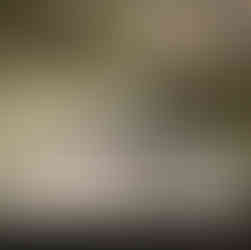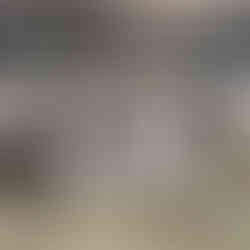One of the most important parts of my documentary photography is to be able to provide people a space to tell their stories, to give them a space to be seen and known. I am a true believer that not only having the images in digital form is important, but for me, the best way to do give people a space is to have images printed and exhibited, to have them in a physical tangible way. There is something about being able to see that portrait you've seen in a screen printed in large format as if you were able to meet that person in reality.
Creating your own exhibition is sometimes difficult, and takes many steps, specially if it's your first one, it's a learning process but is totally worth the effort. In 2022 I was able to have the opportunity to have a collaborative documentary photography exhibition with my colleague and best friend Isaac Long, where we put together 14 portraits of people living on the streets of Salt Lake City, 7 of those portraits were from my series "Light of Rescue" 7 were from his series "Naming the Nameless". The name of this exhibition, which I will use as an example throughout this blog is "No Longer Marginal"
Two of the main things to take in consideration to embark on the journey to give people a space to be seen and known in a documentary photography exhibition are:
Work on The Photographs. In this part you need to first capture the images, edit, and determine the size you want them to be.
My journey to take this photos was in months and months of volunteer work going to the homeless camps downtown Salt Lake City, and to one of the main Shelters in the city where I also volunteered. My goal when it comes to photograph people in challenging circumstances is to make them feel safe, and create a connection with them, they are not just a subject to me, they are people first, people I want to meet, and once that is the case, I ask if I can photograph them and then is when I capture their portrait.
After that I get to chose my best images, and start the editing process in photoshop. In my case these series of images are in black and white, as my documentary photography usually is. From the images of each person that I chose, I end up with one, the one I consider represent the person the best, from the little time I got to spend with them. I try to honor to the best of my ability who they are through the image I captured and edited.

Printing and framing. Once you determined the size you want them to be you proceed to determine the photo paper you will print them on, run test prints to make sure the colors and tones are accurate to then proceed to print. In the case of "No Longer Marginal" prints were made on a large format Epson P7000, 24x36" on Moab Matte photo paper.
After printing comes the framing process where you need to decide if you will dry mount, create mat-board windows , or frame plain images. In this case I predetermined a boarder during the printing process, in order to not have extra mat board windows, and then proceeded to frame directly with no extra mat-boards. In order to make your framing archival, the photograph can't be touching the glass or Plexiglas, using a spacer in between. Secure backing board.
Once in the frames the photos need to be wired on the back, in order to make sure they will hang safely in the gallery
The Gallery
Previous to all the printing and framing, its important to know your gallery, the dimensions and layout you will be setting up your photos. Always remaining flexible, because once you have the images framed and they get layout on the actual gallery before hanging, most likely be changes to what visually works best.
Knowing how to hang your photos is key, consistency is everything, so all images need to be placed at the same level, separated from each other equally. Images need to be set up to eye level. In the case of the exhibition I am using as an example, I wanted the viewers to be able to look at the eyes of the people in the portraits so i set up my hight to 62 inches.
This is the formula for hanging photos to eye level:
([Height of the frame/2] - [distance between the hanging hook or string]) + 62 inches
= height at which to add nail.
Finally the title on vinyl needs to be design and cut to set up on the wall, alongside with an artist statement, mounted on foam board, and marketing materials need to be made and printed.





























Comments